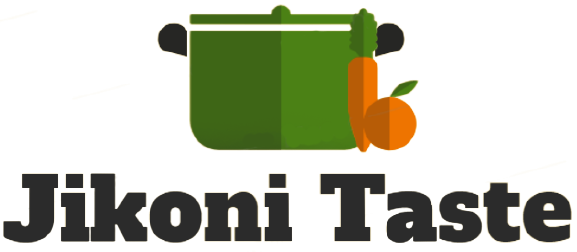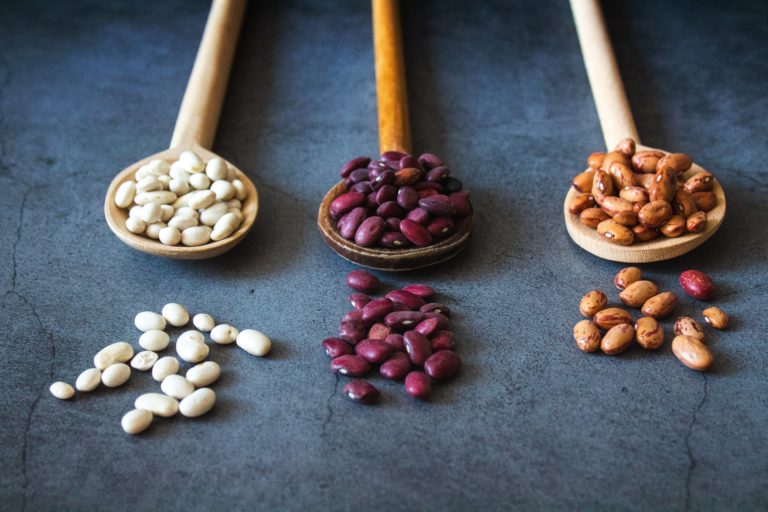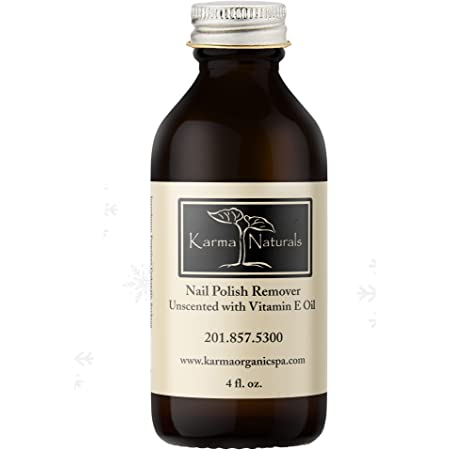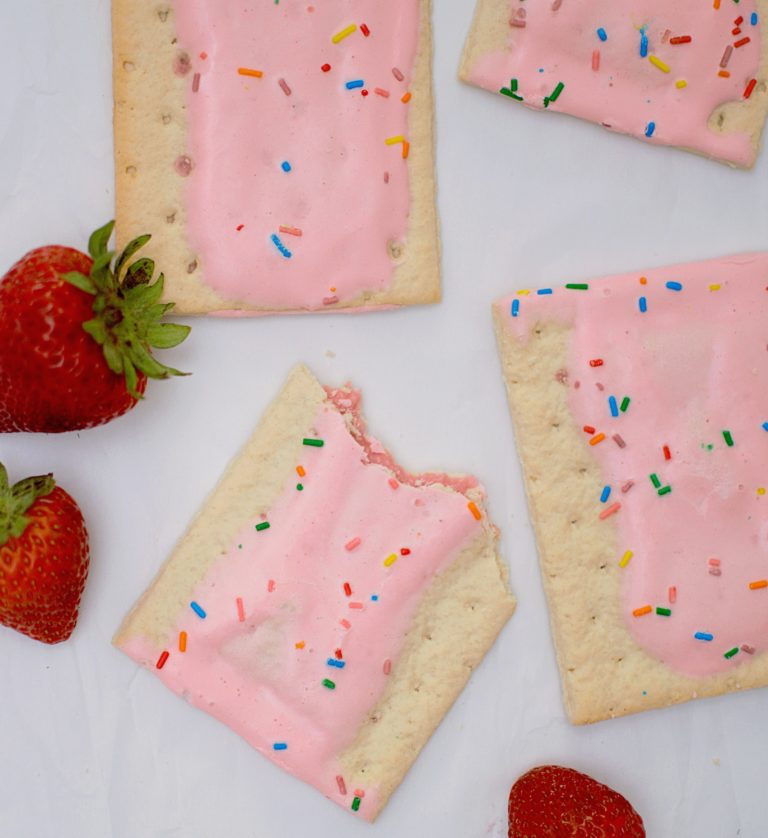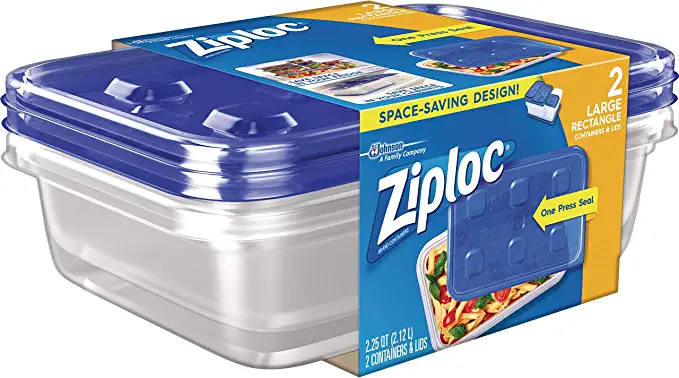Can You Microwave Tupperware?
Tupperware is a plastic container used in households for storing, serving, and containing products.
Since 1948, when Earl Tupper invented the first bell-shaped container, Tupperware has become the most popular way to store food in the home kitchen or at parties.
Many People Ask Is It Possible to Microwave Tupperware?
According to the FDA, Tupperware can be microwaved, but it’s important to use Tupperware that is labeled for microwave use or has an image of a microwave at the bottom or sides.
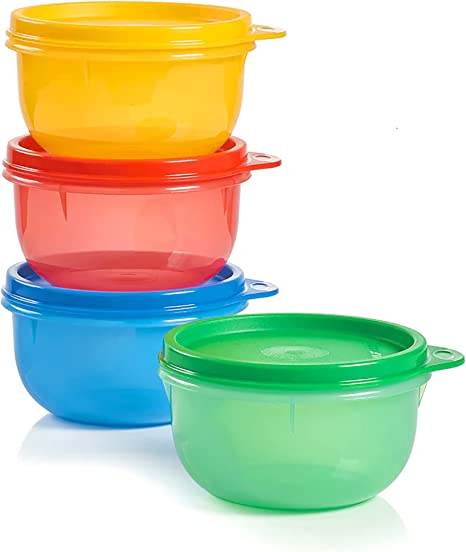
Table of Contents
How to Determine If a Tupperware Is Microwave Safe?
Here is a simple step to determine whether your Tupperware is microwave safe or not:
Steps
- Take a full cup of water and fill a measuring cup with it.
- Put the measuring cup and Tupperware in the microwave.
- On a high setting, microwave for one minute.
Observation:
- Feel the temperature of the Tupperware
Conclusion:
If your Tupperware feels warm, it is not a good idea to microwave it.
List of Things You Can Microwave
Glass Containers:
These are the best containers for microwaves. The safety of glass containers has not been debated, so they are recommended.
Instructions:
- If the holding plate is not aligned on the rotating wheels, open the microwave door and check it out.
- Make sure the glass container is dry and clean.
- Put the food into the glass container.
- The glass container should be placed at the center of the holding plate.
- Set the appropriate timer and heat settings when you close the microwave door.
Precautions:
Do not open the microwave door while it’s malfunctioning. If you want to open the door, stop the microwave first and wait for the sound at the end of the timer to stop.
Tips
If you want to get maximum microwave exposure over your food, cover your container with a glass cover. The heat will not be lost during microwaving.
Paper Plates, Towels, and Napkins:
Instructions:
- You should check the make of the paper plates to make sure they aren’t coated with plastic.
- The National Sanitation Foundation recommends that you check if your paper plates are microwave safe.
Precautions
Don’t use the high setting for the paper plates or cups because it will weaken the paper material.
Ceramics:
Instructions:
- It is recommended that only porcelain and stoneware be used.
- During microwaving, ceramic dishes that are low-fired are likely to explode.
Precautions:
Ceramic plates that are coated in plastic can cause sparks.
Wax Paper, and Parchment Paper:
According to the National Sanitation Foundation International, wax, parchment paper, and vacuum-sealed bags are microwave safe.
List of Things You Cannot Microwave:
Aluminum Foil:
There is always a risk in a microwave. aluminum foil should not be used.
Metal Containers:
Before microwaving them, remove foods from their metal can. sparks will be created in the microwave.
Brown Paper Bags:
These are not recommended because intense heat can cause a fire and the ink on the bags can cause toxic fumes.
One-time Storage Containers:
Yogurt containers, take-out containers, and margarine tubs are included.
Is Microwaving Tupperware Bad?
Warming meals are not that harmful if you microwave Tupperware. A lot of heat is required to cook a meal and that can increase the risk.
The issue comes into question because plastic isn’t manufactured the same way.
Questions about the melting point of plastic compounds and chemical exposure to food arise from the heat that is used to mold the plastic.
The name plastic can be confusing and may imply different types of materials, with compounds and/or substances added to stabilize or shape it.
The materials that can be used as stabilizers are phthalates and Bisphenol A.
The phthalates are used to make the plastic stronger and more flexible
These compounds can block or mimic hormones in your body, which is why they are often associated with the term “endocrine disruptor”.
When microwaving Tupperware, your meal will be placed in a plastic container and put into the microwave. This can lead to chemical compounds leaking and mixing with your food.
There have been no long-term studies on the effects of plastic absorption into the human body after consuming these synthetic compounds.
How Long Is It Possible to Microwave Tupperware?
Tupperware recommends microwaving for their plastic container products.
Foods with high sugar and/or fat content should not be reheated for extended lengths of time, as systematic means.
It is possible that the meals can be so hot that they will destroy your container. The boiling point of water is 100C or212F, which is higher than the heat limits for fat and sugar.
It is recommended to use Tupperware to defrost and reheat food. The plastic containers are not used for cooking.
The container must be reheated in sequence no longer than 3 minutes at a time, according to the instructions on the container label.
If your meal requires longer heating times, then you should stop the microwave at a certain time and stir the contents for 3 minutes.
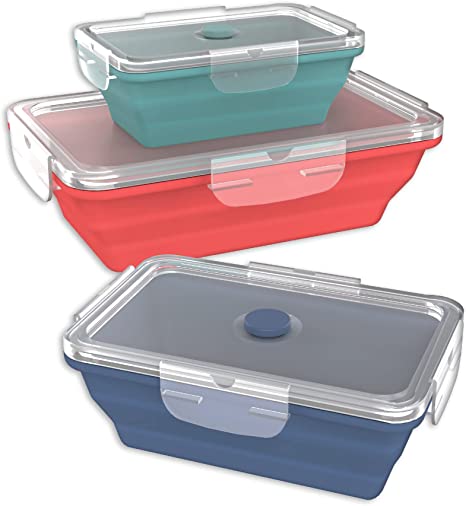
Conclusion
If a non-recommended plastic is microwaved at high temperatures, the chemical that is built into it could be in your food. Make sure to check to see if it’s microwave safe.

Foodie and a passionate cook, I am here to share all of what I know about cooking, kitchen, and food prepping.
Follow me for delicious and healthy recipes.
